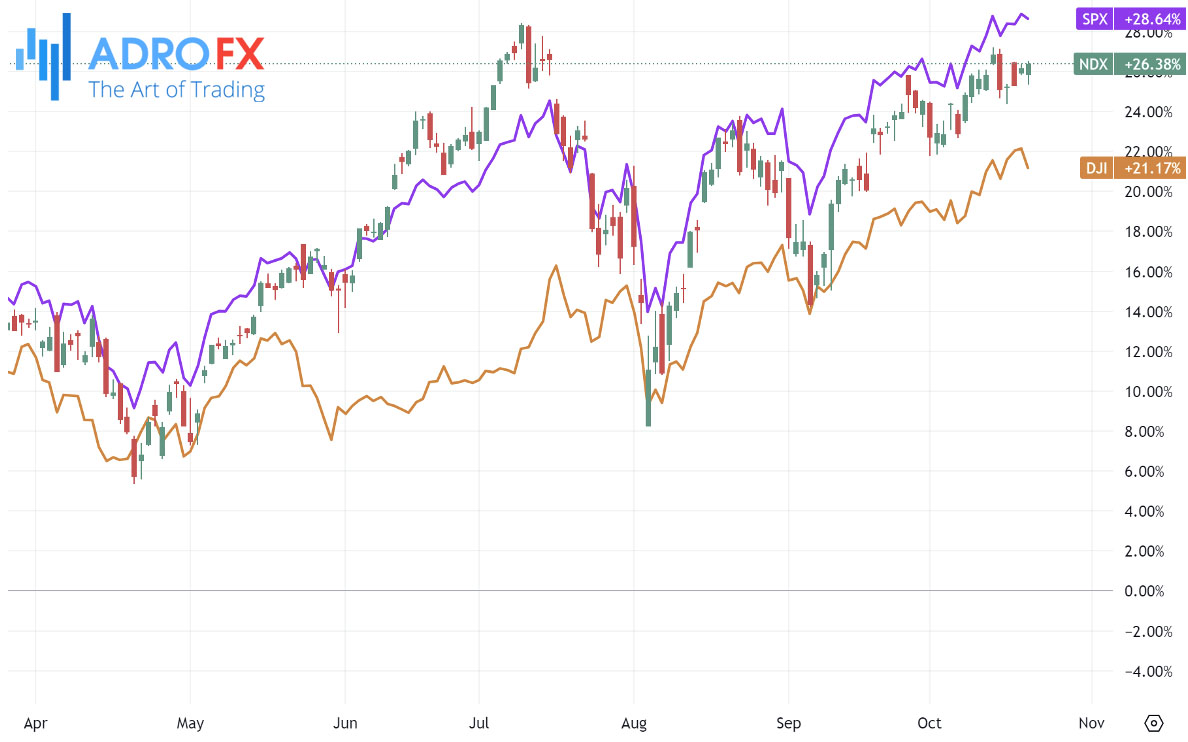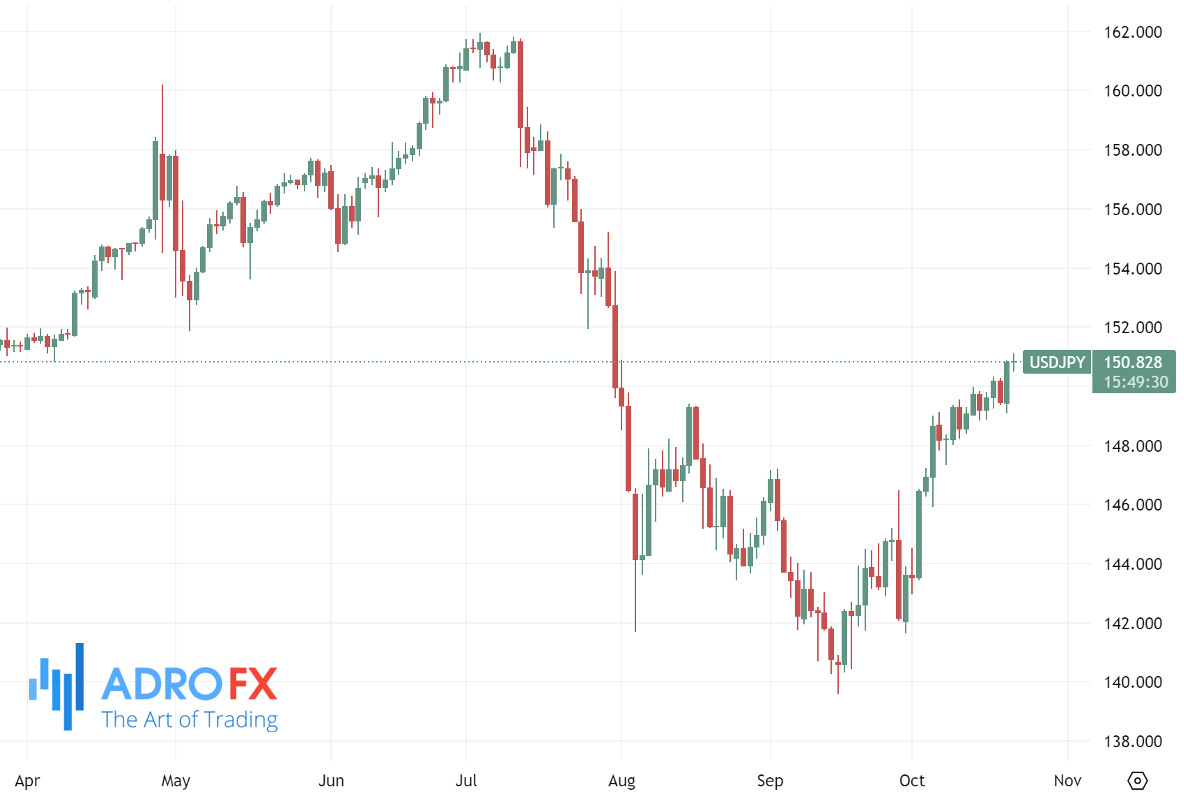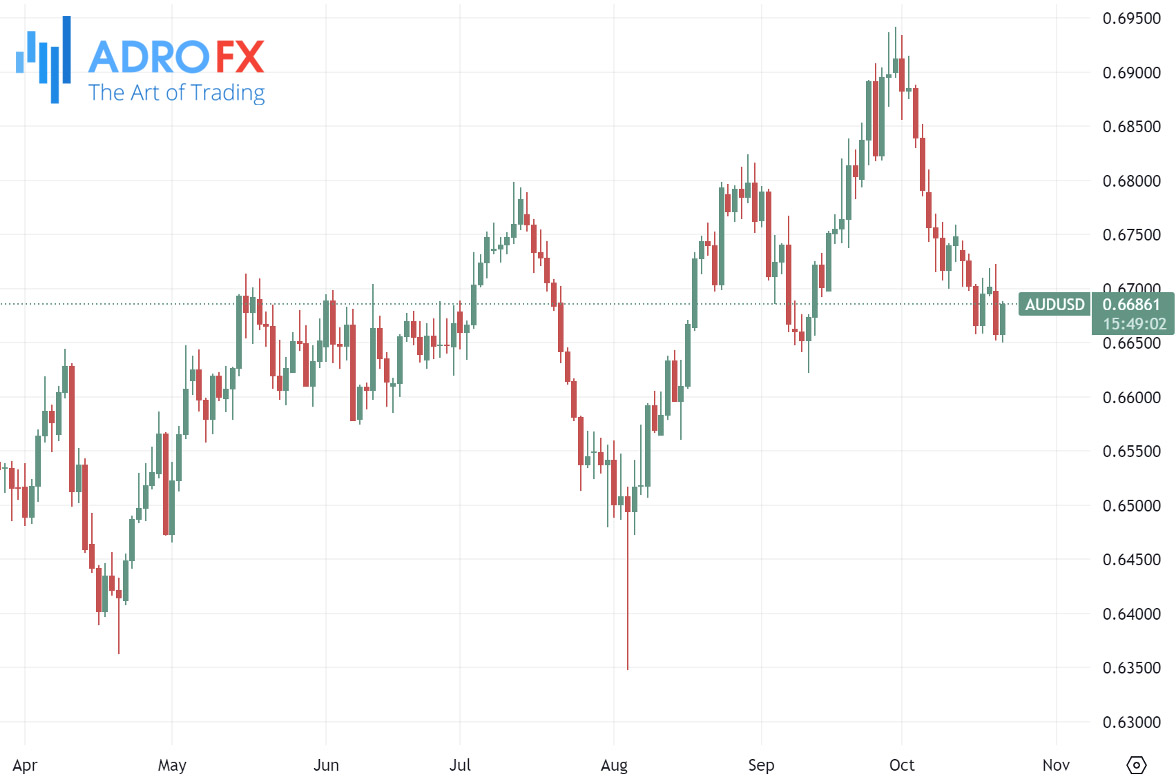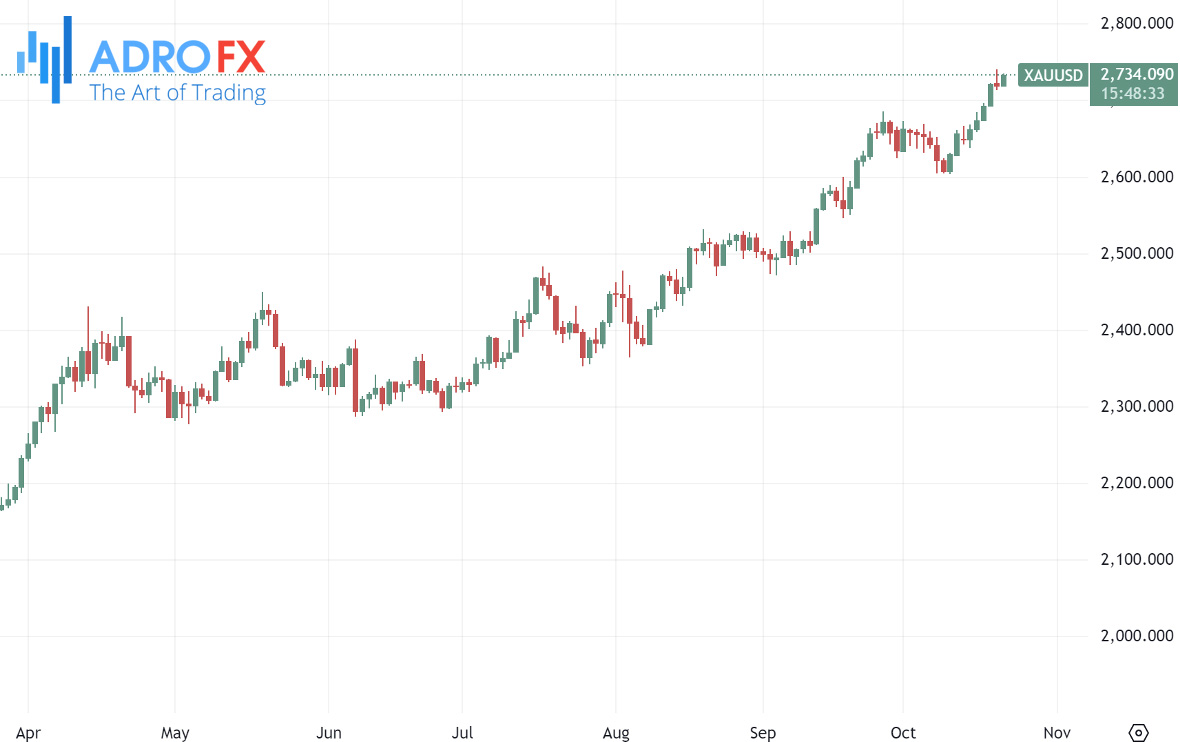Rising Treasury Yields Pressure US Stocks as Nvidia’s Surge Limits Losses; Market Eyes Tech Earnings and Fed Rate Outlook | Daily Market Analysis

Key events:
- Eurozone - ECB McCaul Speaks
- UK - BoE Gov Bailey Speaks
- USA - FOMC Member Harker Speaks
- Eurozone - ECB President Lagarde Speaks
- Eurozone - ECB's Lane Speaks
- Eurozone - ECB McCaul Speaks
On Monday, the S&P 500 ended the session lower as increasing Treasury yields put pressure on the broader market, while comments from Federal Reserve officials signaled a more cautious approach to rate cuts. Despite this, tech stocks, particularly Nvidia, managed to cushion the blow, limiting the day's overall losses.
The Dow Jones Industrial Average dropped 344 points, or 0.8%, reflecting broader market concerns. The S&P 500 edged down by 0.2%, while the NASDAQ Composite managed a 0.3% gain, buoyed by the continued strength of the tech sector. Meanwhile, bond yields surged, with the 2-year Treasury yield, often seen as an indicator of future Federal Reserve policy, jumping 7 basis points to 4.025%. The 10-year Treasury yield rose above 4%, a sign of investor anxiety over the pace and timing of future rate cuts.

The rise in yields coincided with comments from several Fed officials, who expressed caution over cutting rates too quickly. These statements reinforced the market's belief that any significant rate reductions would not happen in the near term. However, Nvidia's 4% jump helped offset some of the market's losses, hitting a new all-time high and pushing the company’s market capitalization beyond $3.5 trillion. Investors remain focused on upcoming earnings reports from major tech companies, with Nvidia's performance setting the tone for what could be a pivotal week.
Looking ahead to Wednesday, Tesla is expected to be the biggest name reporting earnings. Investors are keeping a close eye on the electric vehicle maker, particularly after its recent robotaxi announcement, which fell flat with many in the market. Boeing is also set to report earnings and saw its stock rise by over 3% after proposing a new deal to its machinists' union, which is expected to vote on the proposal midweek.

In the currency markets, the EUR/USD started the week on a weak note, sliding back toward the 1.0800 level. The pair had been rallying in recent sessions but lost momentum as US stock markets took a breather from their record-breaking highs. The pullback in equities provided support to the US Dollar, as the Greenback benefits from its safe-haven status during times of market uncertainty. Geopolitical tensions in the Middle East also helped boost the US Dollar, as well as safe-haven assets like gold and crude oil. The conflict between Israel and Hezbollah, as well as tensions with Hamas, remain a concern for global markets, with no clear resolution in sight.

Federal Reserve Bank of Dallas President Lorie Logan reiterated many of the recent themes heard from Fed policymakers, noting that the path to rate cuts will require not only a reduction in inflation but also an increase in the unemployment rate. Logan emphasized that while inflation has been trending lower, the labor market remains too strong for the Fed to consider cutting rates aggressively. Her comments further solidified expectations that rate cuts, if they happen, will be gradual.
Over in Japan, the Japanese Yen continued its downward slide against the US Dollar, hitting its lowest level since late July. Investors remain concerned that the Bank of Japan will refrain from raising interest rates this year, especially with a general election looming at the end of October. The uncertainty over Japan’s monetary policy has weighed on the Yen, and the rise in US Treasury yields has only added to the currency’s weakness. However, fears of possible intervention by Japanese authorities have kept the Yen from falling too sharply.

The Australian Dollar saw a modest recovery against the US Dollar on Tuesday, buoyed by strong domestic employment data and a more hawkish outlook from the Reserve Bank of Australia. The AUD also received support from China’s recent decision to cut interest rates, as China remains Australia’s largest trading partner. However, the AUD struggled to maintain its gains in the face of rising US Treasury yields, which have been driven higher by concerns about a resurgence of inflation in the US economy.

Gold prices, meanwhile, continue to attract investors, with the precious metal trading near record highs around the $2,740 mark. The uncertainty surrounding the upcoming US Presidential election and the ongoing conflict in the Middle East have boosted demand for gold as a safe-haven asset. Traders are also keeping a close eye on the possibility of interest rate cuts by central banks around the world, which could provide further support for gold prices in the coming weeks.

Finally, market participants are awaiting Thursday’s release of the Purchasing Managers Index (PMI) reports from both the US and Australia. These reports are expected to offer important insights into the health of each country’s economy and could influence future monetary policy decisions. With economic uncertainty still high, the PMI data may play a critical role in shaping market sentiment as the year comes to a close.









